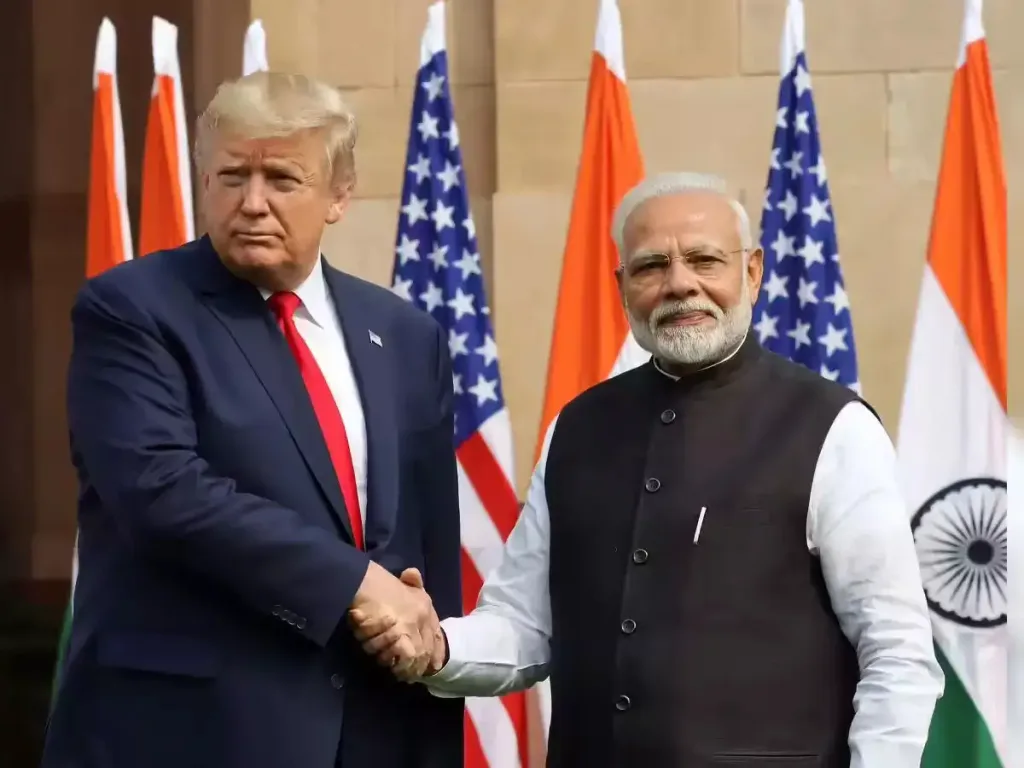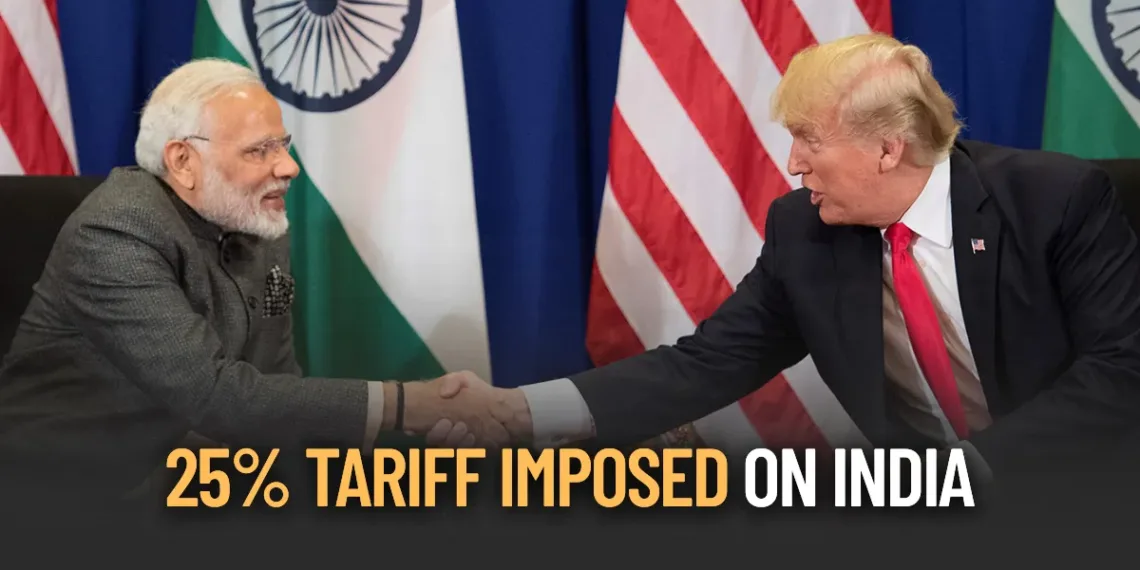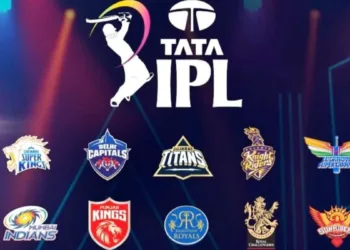President Trump announced a 25% tariff on Indian goods starting August 1, 2025, plus additional penalties for India’s Russian energy purchases, despite calling India “our friend” in a move that could reshape global trade dynamics.
The diplomatic language of friendship couldn’t soften the economic blow. In a stunning announcement that has sent shockwaves through global markets, President Donald Trump declared a 25% tariff on all Indian imports, accompanied by mysterious additional “penalties” that could further strain the world’s largest democracy’s trade relationship with America.
“While India is our friend,” Trump wrote on Truth Social, the qualifier preceding what many economists are calling one of the most significant trade policy decisions of his second term. Sometimes friendship, it seems, comes with a very expensive price tag.
Table of Contents
The Tariff Breakdown: What India Faces
The announcement, delivered with Trump’s characteristic directness on Wednesday, outlines a multi-layered punishment that goes beyond simple trade disagreements into geopolitical territory.
| Tariff Details | Information |
|---|---|
| Base Tariff Rate | 25% on all Indian goods |
| Effective Date | August 1, 2025 |
| Additional Penalty | Unspecified extra charges |
| Reason for Penalty | Russian oil and military purchases |
| US Trade Deficit with India | $45.7 billion (2024) |
| India’s Current Tariff on US Goods | Among world’s highest (17% average) |
| Negotiation Status | Failed to reach deal by deadline |
The “Russian Problem” That Broke the Camel’s Back
What makes this tariff announcement particularly striking is its dual focus. Beyond trade imbalances, Trump explicitly cited India’s continued energy and military purchases from Russia as justification for additional penalties, directly linking trade policy to the ongoing Ukraine conflict.
“They have always bought a vast majority of their military equipment from Russia, and are Russia’s largest buyer of ENERGY, along with China, at a time when everyone wants Russia to STOP THE KILLING IN UKRAINE,” Trump declared, making it clear that this isn’t just about economics—it’s about geopolitical alignment.
The Friendship That Couldn’t Close the Deal
The irony isn’t lost on observers that Trump repeatedly emphasized India as “our friend” while announcing what amounts to a trade war declaration. This reflects the complicated reality of modern US-India strategic partnerships, where personal relationships between leaders often clash with economic realities.
Prime Minister Narendra Modi and Trump have maintained what appeared to be warm relations, with Modi even visiting the White House in February 2025. Yet beneath the surface, trade tensions have been simmering for years, with Trump consistently criticizing India’s “obnoxious non-monetary trade barriers.”
Economic Implications: Beyond the Headlines
The 25% tariff represents more than diplomatic posturing—it’s a seismic shift that could reshape global supply chains. For context, the US currently maintains one of the world’s lowest average tariff rates at 3.3%, while India’s stands at 17%, making Trump’s frustration somewhat understandable from a reciprocity perspective.
American consumers are already feeling the pinch of Trump’s broader tariff strategy. According to Yale University’s Budget Lab, US households now face an effective tariff rate of 18.2%—the highest since 1934—translating to potential losses of up to $2,400 per household in 2025.

India’s Measured Response
The Indian government’s response has been diplomatically cautious, stating they have “taken note” of Trump’s decision and are “studying its implications.” This measured tone suggests India is likely exploring both retaliatory options and potential negotiation pathways.
India’s trade policy framework has historically emphasized strategic autonomy, particularly regarding energy security. The country’s continued Russian oil purchases reflect this principle, even as it complicates relationships with Western allies.
Global Trade Pattern Disruption
This announcement follows a series of other trade deals Trump has negotiated, including frameworks with the European Union (15% tariffs), Japan (15%), Indonesia (19%), and the Philippines (19%). The India tariff stands out as among the highest, reflecting both the scale of the trade deficit and the additional geopolitical complications.
The escalating trade tensions raise questions about the future of globalization and whether economic nationalism is becoming the new normal in international relations.
What This Means for Businesses and Consumers
For Indian Exporters: Industries ranging from textiles to pharmaceuticals will need to reassess their US market strategies, potentially leading to price increases or market exits.
For American Importers: Companies relying on Indian goods—from generic pharmaceuticals to IT services—face significant cost pressures that will likely be passed to consumers.
For Global Markets: The announcement continues Trump’s pattern of using tariffs as both economic and foreign policy tools, creating uncertainty that markets despise.
The Broader Message
Trump’s India tariff announcement sends a clear signal to other major trading partners: economic relationships are increasingly viewed through the lens of broader geopolitical alignment. Countries can no longer assume that trade relationships will remain insulated from foreign policy disagreements.
As the August 1 deadline approaches, all eyes will be on whether India blinks first or retaliates in kind, potentially escalating what could become one of the most significant trade disputes of the decade.
In Trump’s world of transactional diplomacy, it seems friendship has its limits—and those limits are increasingly measured in percentages and penalties.
Follow the latest developments in US-India trade relations and global tariff policies on TechnoSports’ international business coverage.
Read more: Barcelona May Start La Liga 2025-26 at Johan Cruyff Stadium Instead of Camp Nou Due to Permit Delays








